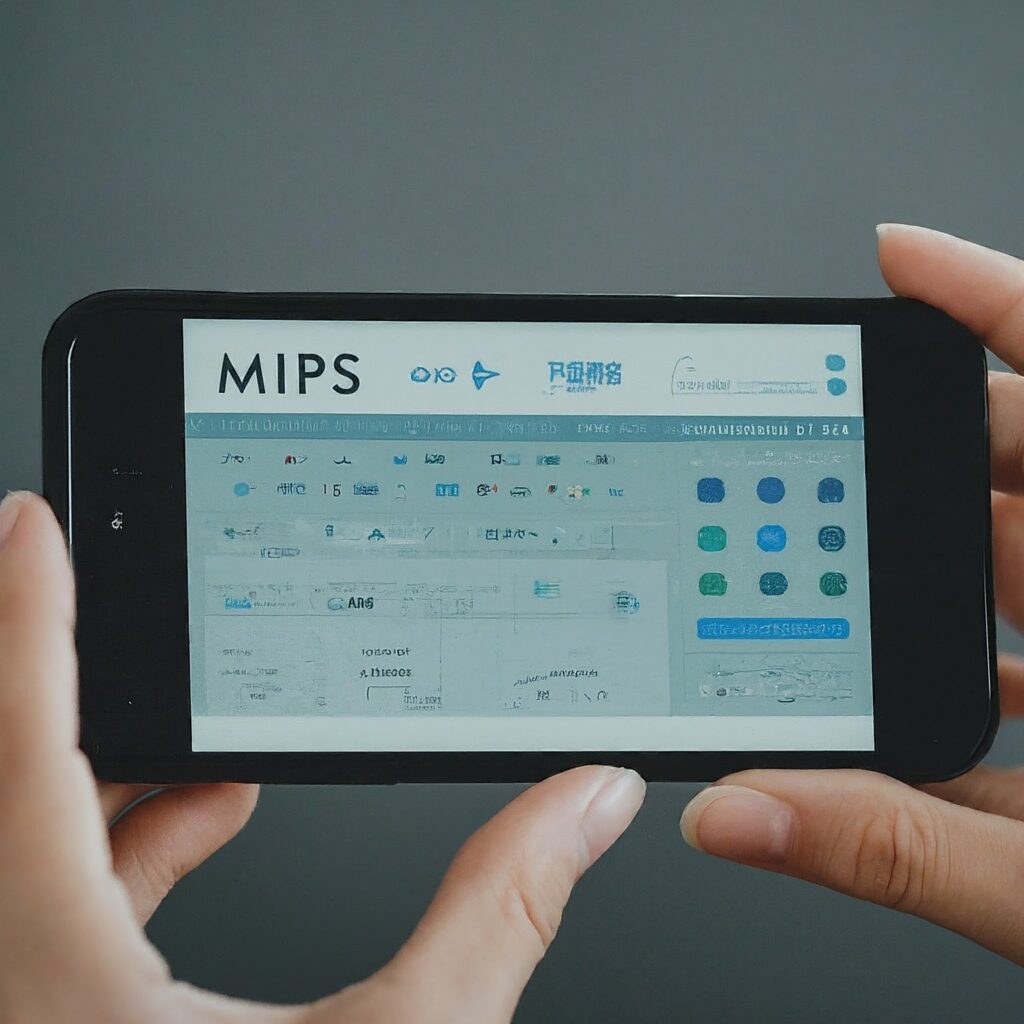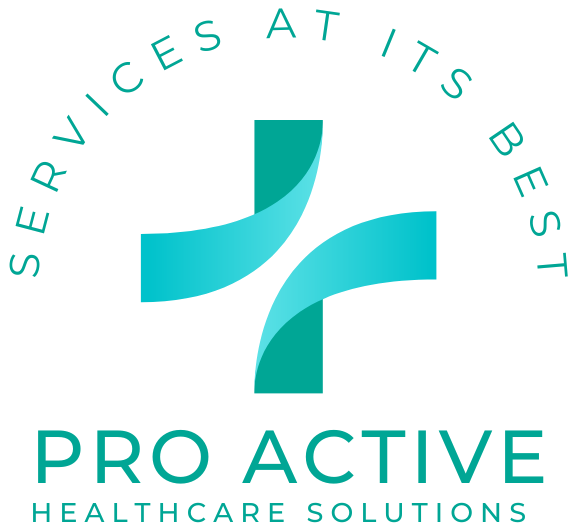
Best Solutions to Improve MIPS Reporting – PHCSS
The Merit-Based Incentive Payment System (MIPS) is specially designed by CMS to ensure Quality Payment Program QPP. MIPS helps healthcare providers improve the quality of care, organize operations, and maximize reimbursements. MIPS is designed to benefit eligible healthcare providers (physicians and other professionals) with incentives based on their performance. The performance is judged by four performance categories i.e. quality, cost, promoting interoperability, and improvement activities.
MIPS Reporting methods:
MIPS reporting is carried out in two main ways i.e. Registry Reporting and eCQM.
- Registry Reporting
Besides being the long-term method, registry reporting for MIPS has some drawbacks.
- It requires a proper admin panel to take control of the paperwork.
- Time, work, and energy are wasted through this method.
- The efficiency of the results is also questionable.
2. eCQMs Reporting
Electronic Clinical Quality Measures (eCQMs) reporting systems are better than registry reporting systems as they involve automated working in real time. eCQMs work alongside the Electronic Health Record system to improve efficiency. This method requires the clinical data to be well organized. The tool(s) to be used for extracting information from the data must be up to date for the system to work efficiently.
BEST SOLUTIONS TO IMPROVE MIPS REPORTING
There are some possible ways to improve MIPS reporting and hence MIPS healthcare professionals’ performance.
Validate data input
The MIPS reporting systems should implement validation checks to get correct and complete data submission. Only correct information gathered can result in better performance assessment.
User-friendly interface
The MIPS reporting systems should have a user-friendly interface for easy navigation and data input.
Up-to-date EHR systems
Implement better and up-to-date Electronic Health Record (EHR) systems to improve MIPS accuracy and efficiency. The EHR systems should also be maintained regularly with all details of patient records. This information is then used for MIPS reporting.
Automation of reporting tools
Manual work should be replaced with automated reporting tools. This will not only reduce the cost of hiring labor for work and manual errors but also improve the overall performance and efficiency of the system. Integration with EHR systems ensures seamless data flow for reporting purposes.
Patient satisfaction assessment
Get reviews from the patients about their healthcare providers and update the records accordingly. Educate patients about MIPS requirements related to patient satisfaction. Create tools for patients’ ease such as telehealth services or patient portals where they can openly review their experience.
Regulate performance feedback
Be sure to take and maintain regular performance feedback for improving MIPS healthcare provider services. This will also help in the identification of the pain area, where improvement is needed to be done. Constructive feedback also promotes and encourages healthcare providers to actively engage and enhance their performance.
Track MIPS rules
Educate professionals about MIPS healthcare rules so that they can understand and work better on their improvement. This not only benefits the providers but also improves the efficiency of the system.
Optimize cost
Cost optimization should be on top when it comes to MIPS reporting. The cost of the system must be managed properly to make it efficient. To do so the system must be automated. Invest in automated MIPS reporting tools that will extract and analyze MIPS healthcare reports efficiently. Investing in tools will be a one-time cost and can reduce manual errors, save time, and provide better insights for improvement.
Prioritize people at more risk
The MIPS reporting system should also be capable of prioritizing people at more risk so that healthcare professionals can make a plan for them. Management is the key to improvement. Knowing the areas that need priority services will help professionals improve their MIPS healthcare score and also organize the MIPS reporting system.
Copy better ideas
There is nothing bad in keeping an eye on other hospitals about what they are doing. Sharing good ideas and following the ideas or plans provided by other hospitals will help improve. This will result in making the most efficient MIPS reporting system.
Conclusion
The MIPS reporting system is great for providing healthcare providers with the bonuses they deserve. The system should be kept with good care under the supervision of IT professionals. MIPS reporting can be made better by using a combined approach and use of technology, education, and strategic initiatives. A well-working MIPS reporting system will not only help healthcare providers regulate their requirements and improve their MIPS healthcare score but also enhance overall patient care and the organization’s efficiency.






